Daraenamu Tree in Changdeokgung Palace (창덕궁 다래나무)
490.6M 2025-01-13
99, Yulgok-ro, Jongno-gu, Seoul
+82-2-3668-2300
Daraenamu Tree in Changdeokgung Palace is estimated to be 600 years old, meaning it had likely been planted before the palace was built. The tree stands 19m in x_height, and has six separate trunks sprawling in all directions. It is the biggest and the oldest in Korea. It is designated and protected as a National Natural Monument.
Seonggyungwan Gamjatang (성균관감자탕)
499.8M 2021-03-19
37, Changgyeonggung-ro 29-gil, Jongno-gu, Seoul
+82-2-762-2170
Experience gamjatang (pork back-bone stew), one of Korea’s representative stews. The best menu at this restaurant is pork back-bone hot pot. This is a Korean cuisine located in Changdeokgung Palace, Seoul.
Woo Joo Yon Clinic (우주연한의원)
500.4M 2025-07-29
(2nd Floor, Hanok), 41 Bukchon-ro 12-gil, Jongno-gu, Seoul
Woojooyon Clinic takes an integrative approach considering the patient's overall health. Rather than merely treating the affected area, we listen to the patient's story, understand their daily life, and focus on identifying and correcting the root causes of imbalances in the body. Our goal is to pursue true healing and happiness by treating with a delicate touch that connects with the patient's soul. We aim to restore the body to its original state, ensuring a holistic examination of both body and mind, as well as habits and personality. Woojooyon Clinic is committed to helping patients regain a healthy life by applying the wisdom of traditional Korean medicine. We value our relationships with patients and strive to always do our best.
Asian Table (아시안테이블)
506.6M 2021-03-18
11, Seonggyungwan-ro, 3-gil, Jongno-gu, Seoul
+82-70-7608-1763
This is a Asian restaurant located in Jongno-gu, Seoul. A pub where you can try a variety of Southeast Asian beers. The best menu at this restaurant is pad Thai.
The Hanok (더 한옥)
512.1M 2021-03-24
75, Gyedong-gil, Jongno-gu, Seoul
+82-2-743-7470
You can enjoy coffee in a hanok (Korean house). This restaurant's signature menu is coffee. This cafe is located in Jongno-gu, Seoul.
The Place Seoul (traditional Korean-style guesthouse) / 복합한옥공간 곳
519.8M 2025-03-05
52-11 , Gyedong-gil, Jongno-gu, Seoul
+82-10-3255-1289
The Place Seoul in Gye-dong, Jongno-gu, Seoul, is a meeting place of traditional and modern Korea. It has a yard with a beautiful 80 year-old dogwood tree, and a small garden in which guests can enjoy the passage of the seasons. The Place Seoul is an environment-friendly place which uses eco-friendly consumables such as toilet paper and shampoo. Breakfast is simple and healthy. There are many good cafes in nearby Bukchon, and local tourist attractions include the National Palace Museum of Korea and the National Museum of Modern and Contemporary Art.
Gogungmasil (고궁마실)
528.2M 2020-05-04
229, Changgyeonggung-ro, Jongno-gu, Seoul
+82-2-763-9937
Gogungmasil is a hanbok rental shop located near Changgyeonggung Palace. Visitors can rent hanbok from Gogungmasil before going on a palace tour to Changgyeonggung and Changdeokgung Palaces.
Munmyo Confucian Shrine and Seonggyungwan National Academy (서울 문묘와 성균관)
532.6M 2020-03-31
31, Seonggyungwan-ro, Jongno-gu, Seoul
+82-2-760-1472
Munmyo is a shrine dedicated to Confucius, whose teachings form the foundation of Confucianism. It is also dedicated to his disciples and other great Confucian scholars. Munmyo is not only the shrine but also the highest educational institution of the Joseon dynasty. Munmyo was once called as Munseonwangmyo since during the Tang dynasty, Confucius was named as King Munseon after his death and then it has been called as Munmyo since the Yuan dynasty.
The compound consists of two main areas: the Daeseongjeon houses shrines and the Myeongnyundang features seminar halls and other auxiliary facilities. Also, there are two dormitories, Dongjae and Seojae, which are collectively known as Sungkyunkwan. In front of the Myeongnyundang stands a ginkgo tree designated as Natural Monument No. 59. In spring and autumn, a ritual for Confucius and his disciples takes place.
Go-un [Korea Quality] 고운 [한국관광 품질인증]
544.8M 2024-08-14
35-1, Bukchon-ro 12-gil, Jongno-gu, Seoul
+82-504-0904-2464
Go-un, meaning "High Cloud," is a hanok stay atop a steep hill in Gahoe-dong, Bukchon Hanok Village, Jeongno-gu, Seoul. The view from the house’s big windows takes in hanok tiled roofs, Seoul’s downtown, and Inwangsan Mountain - a vista that merges the past and the present. After enjoying Bukchon's attractions, entertainment, and food, guests can relax in the hanok’s half-body bath overlooking the yard (mugwort bath salts provided) - or enjoy a movie on the beam projector.
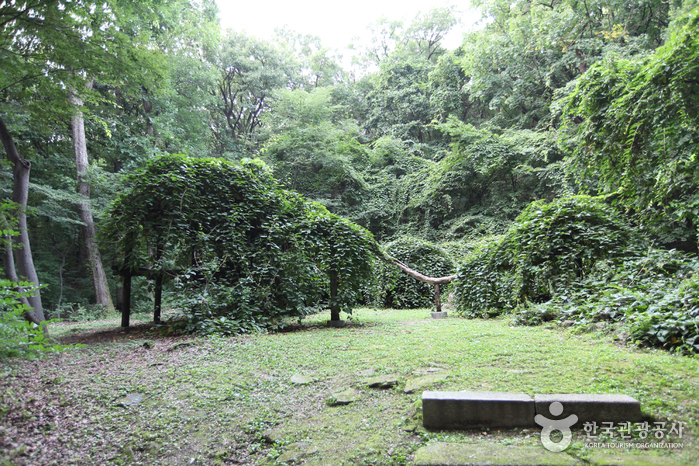
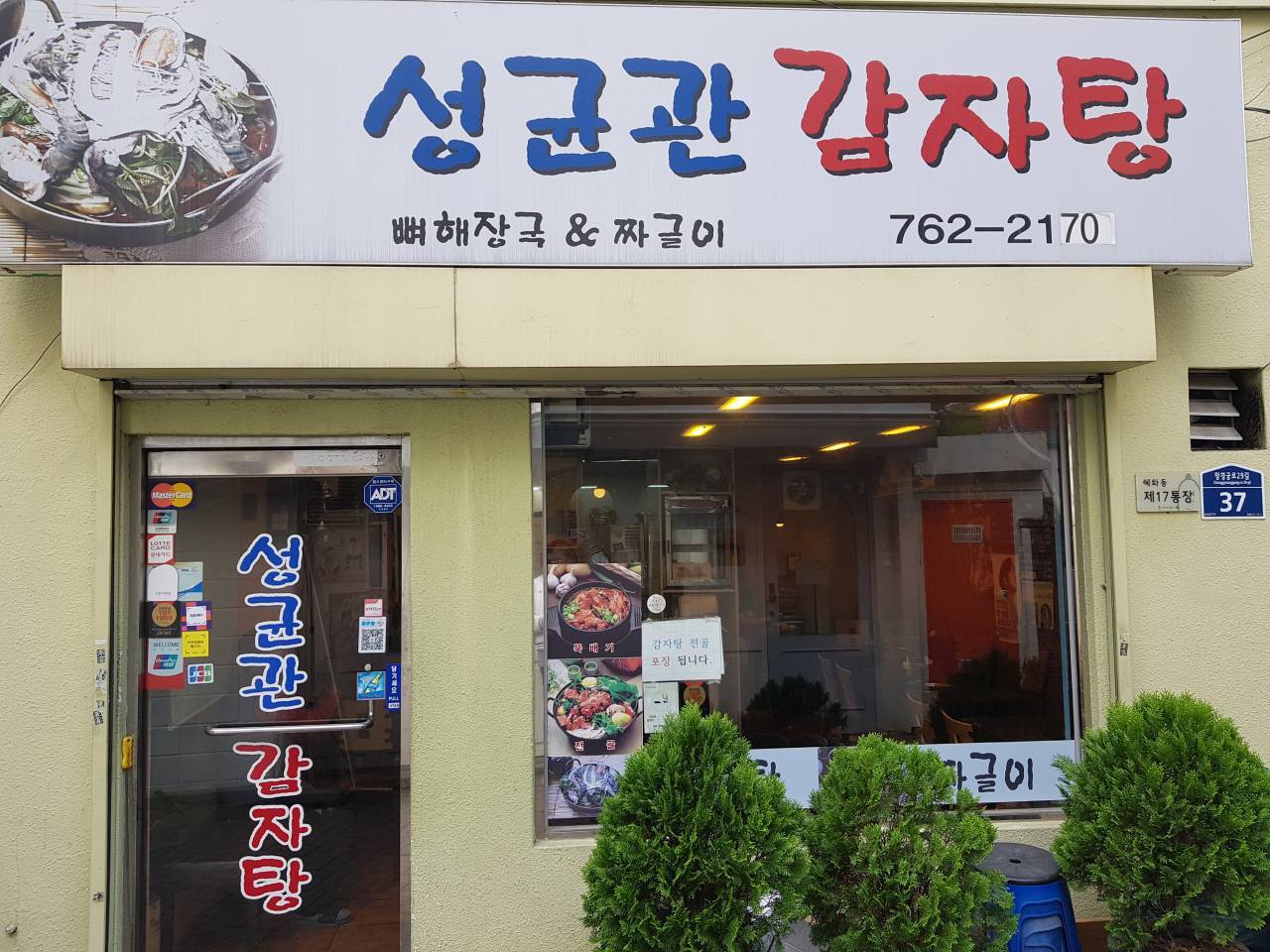

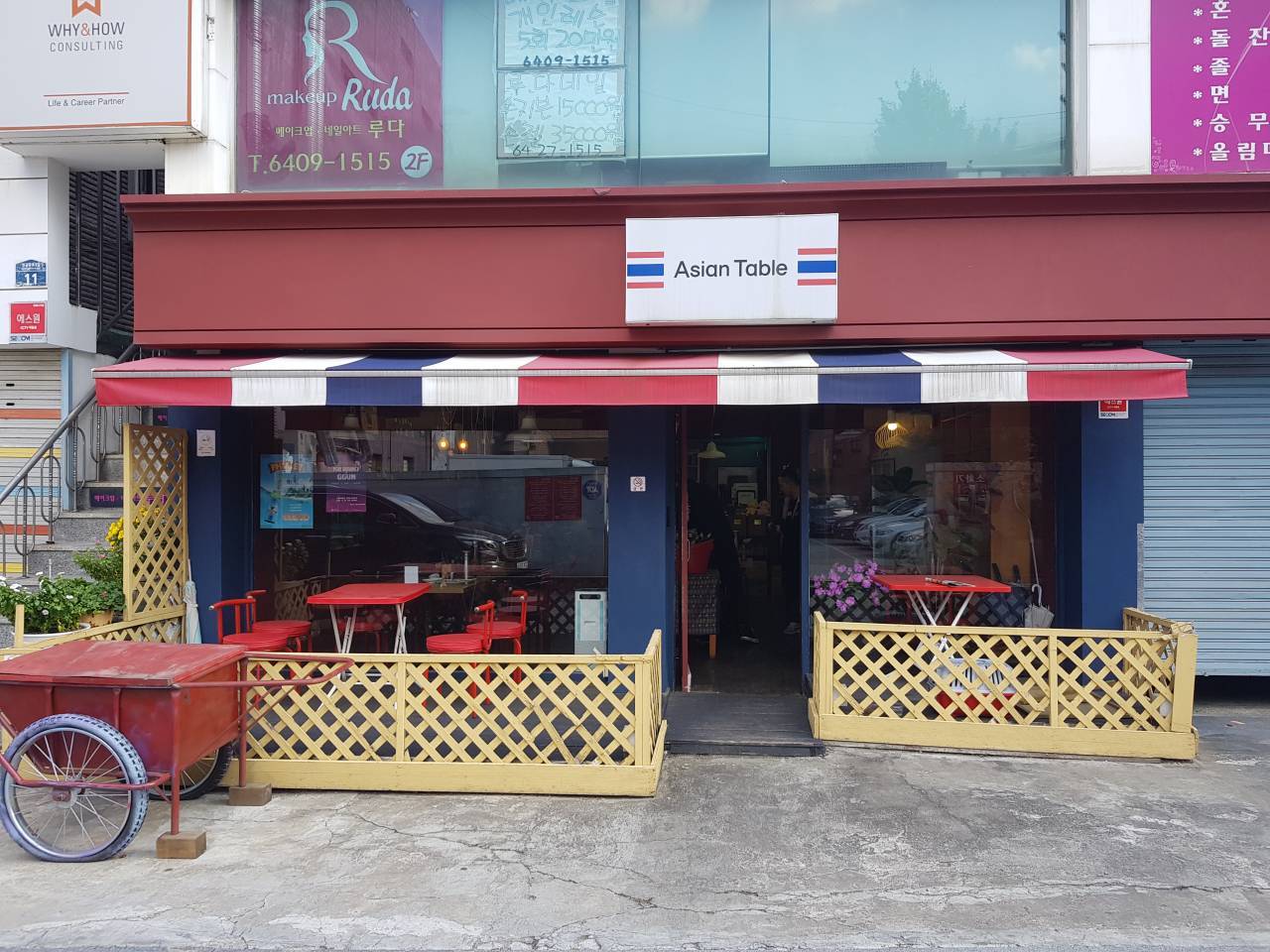
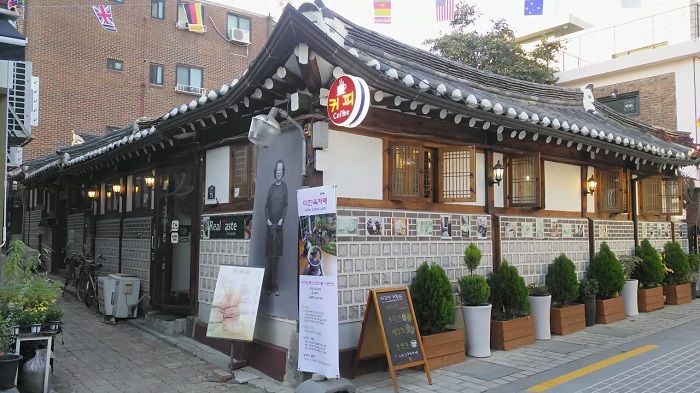
![Kum Bak Yeon [Tax Refund Shop] (금박연)](http://tong.visitkorea.or.kr/cms/resource/74/3313974_image2_1.jpg)
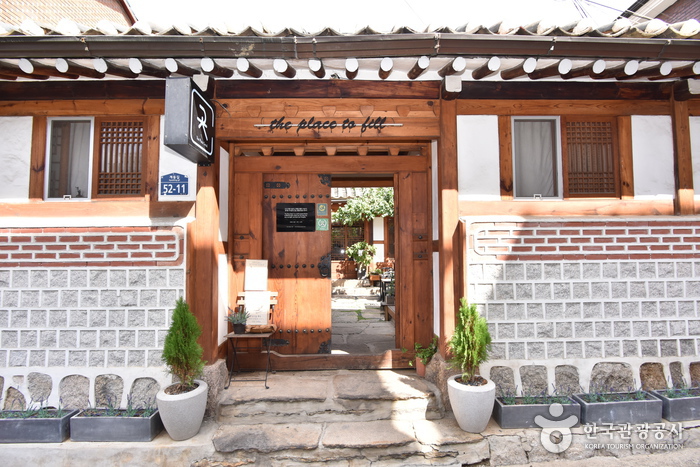
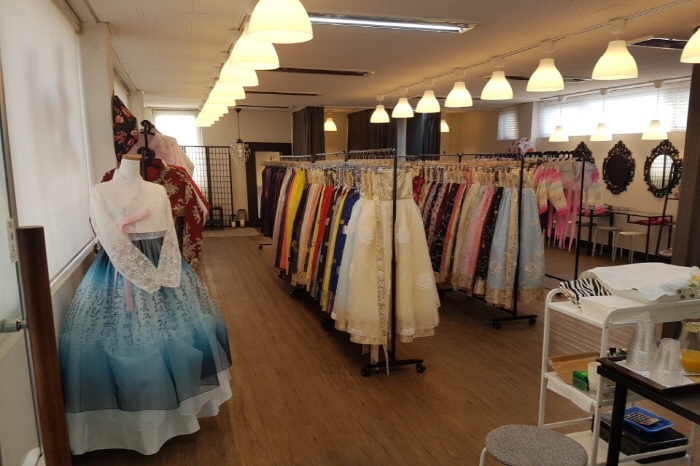
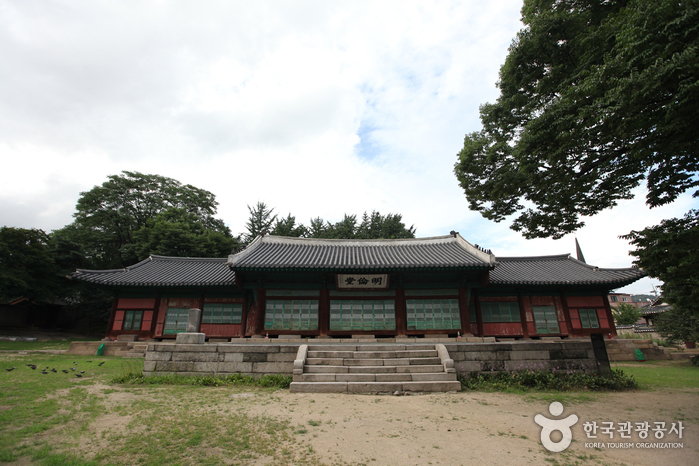
 English
English
 한국어
한국어 日本語
日本語 中文(简体)
中文(简体) Deutsch
Deutsch Français
Français Español
Español Русский
Русский